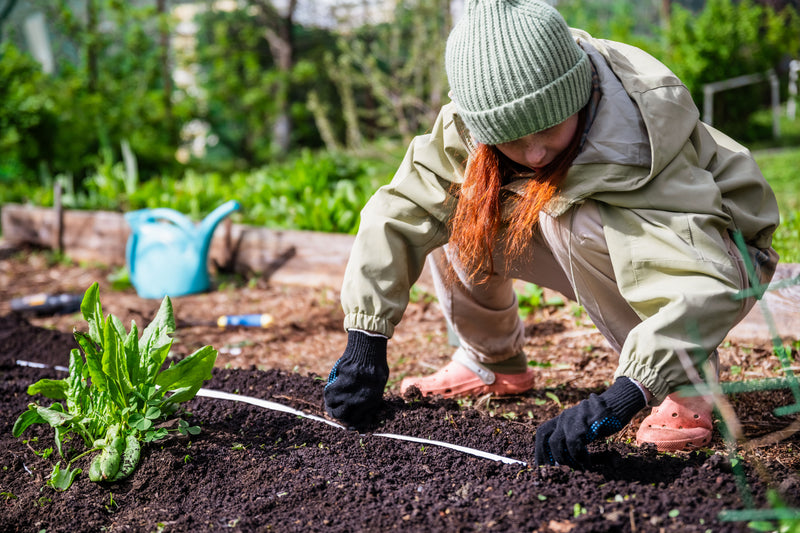|
This information is provided as a general reference to be used in conjunction with the Flower and Vegetable Culture Charts. Often people associated the non-germination to “bad seed batches” or “old seed”, when in fact it might simply have been that the seed should have been left uncovered or perhaps it was planted at the wrong time of the year. Not forgetting the possibility in some cases where rodents and slugs actually demolish a whole row of juicy, freshly germinated seedlings overnight! There are many factors that affect the germination of seeds; soil conditions, where you live, micro-climates - someone on the coast may not be able to grow some items as well as someone who lives a few kilometres further inland, and so forth. From past experience you will probably have a fair idea of which items successfully grow in your area, the Flower and Vegetable Culture Charts hopefully will fill in any additional information, possibly some that you weren’t even aware of. We trust this will assist you in increasing the germination of your seeds, in particular those precious new items that you have decided to try out for the first time - good luck! Because of our colder climate in NZ, items that are suggested to be planted between July and September are best sown under cover. When there is a reference in the “Special Treatment Note*” please refer to the associated letter on the chart below. We hope you take advantage of this excellent information source. Every effort has been made to provide correct information, however this information is not intended to override your local knowledge or environment. All cultural and descriptive information is for use as a guide only. |
|
|
Special Treatment Identifier |
Special Treatment Notes |
|
A |
Seedlings do not transplant well. If you need to transplant, do so very carefully. Moist soil on a cloudy/rainy day is essential. You are better to sow where the plants are to grow or sow in cells or small pots. |
|
B |
If these seeds do not germinate readily - do not discard. If germination does not occur after 3–4 weeks a cooling period of 2–4 weeks is recommended. |
|
C |
Sow in trays and place in a refrigerator for 21 days. Fridges are dry so wrap the tray up in a plastic bag to prevent from drying out. After the 21 days, place trays in a warm location under cover or indoors. |
|
D |
Germination is often erratic. Remove or transplant seedlings as they emerge, leaving the others to germinate in due course. The “disturbance” often prompts the germination of the others. |
|
E |
These items need a cool germination temperature at the time of year when it is usually very warm. A cool environment must be provided. A south side of the house or a basement for example. Just be careful to allow plenty of light for germinated seedlings (to avoid stretching). |
|
F |
Do not cover these seeds during germination. Keep seed in constant moisture (not wet) with temperatures of about +20°C. Do not cover very small seeds, but tightly press into the seed raising mix. Keep in cooler conditions after germination occurs. These items must be sown under cover to achieve this. Bottom watering is strongly recommended. |
|
G |
Stratification (the refrigeration process) is the gardeners’ way of mimicking Mother Nature’s cold winter conditions. In the wild, “seed dormancy” is overcome by the seed spending time in the ground through cold winter spells. This breaks down the hard seed coat, (in combination with moisture and bacteria.) When the seed is reintroduced to warm conditions, its biological clock thinks it is spring, and therefore time to germinate. |
|
H |
Pour boiling water over seed, leave to cool and soak for 24 hours. Sow the seed that has swollen, repeat the process for the remaining seed. Some species with very hard seed coats may require several treatments before they will respond. Scarification with sand paper before treatment may be beneficial in speeding up the process in some species. |
|
I |
These perennial seeds germinate very irregularly over a long period. Lower temperatures of less than +5°C are very effective. Seed trays should not be discarded prematurely. Constant moisture must be maintained. Do not leave in direct sunlight. For Alstroemeria we recommend to keep sowing for 3 weeks at approximately +30°C (or as hot as you can maintain) then 3 weeks at +5°C, then finally at +21°C. |
|
Please also check your seed packets for any other helpful information |
|














